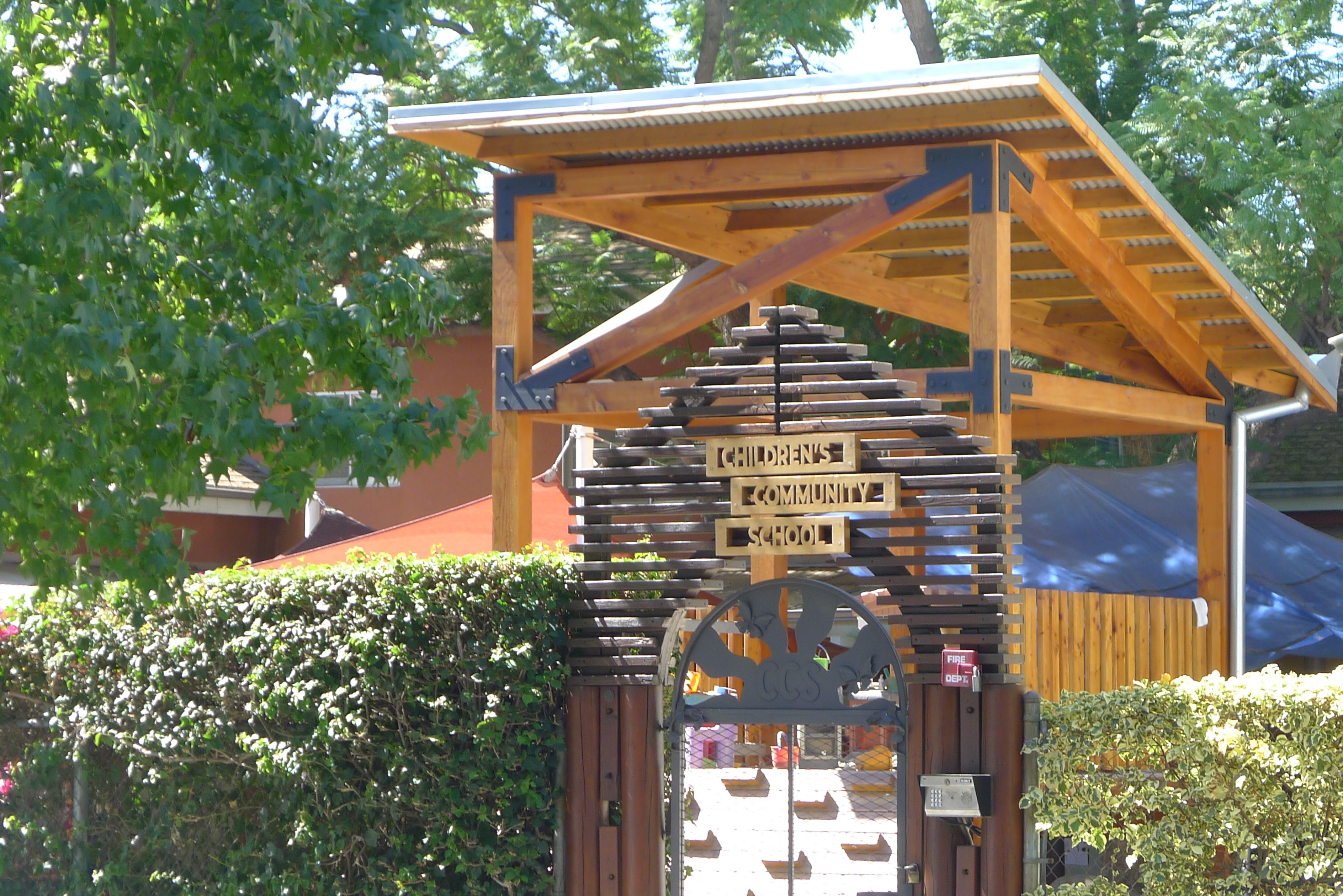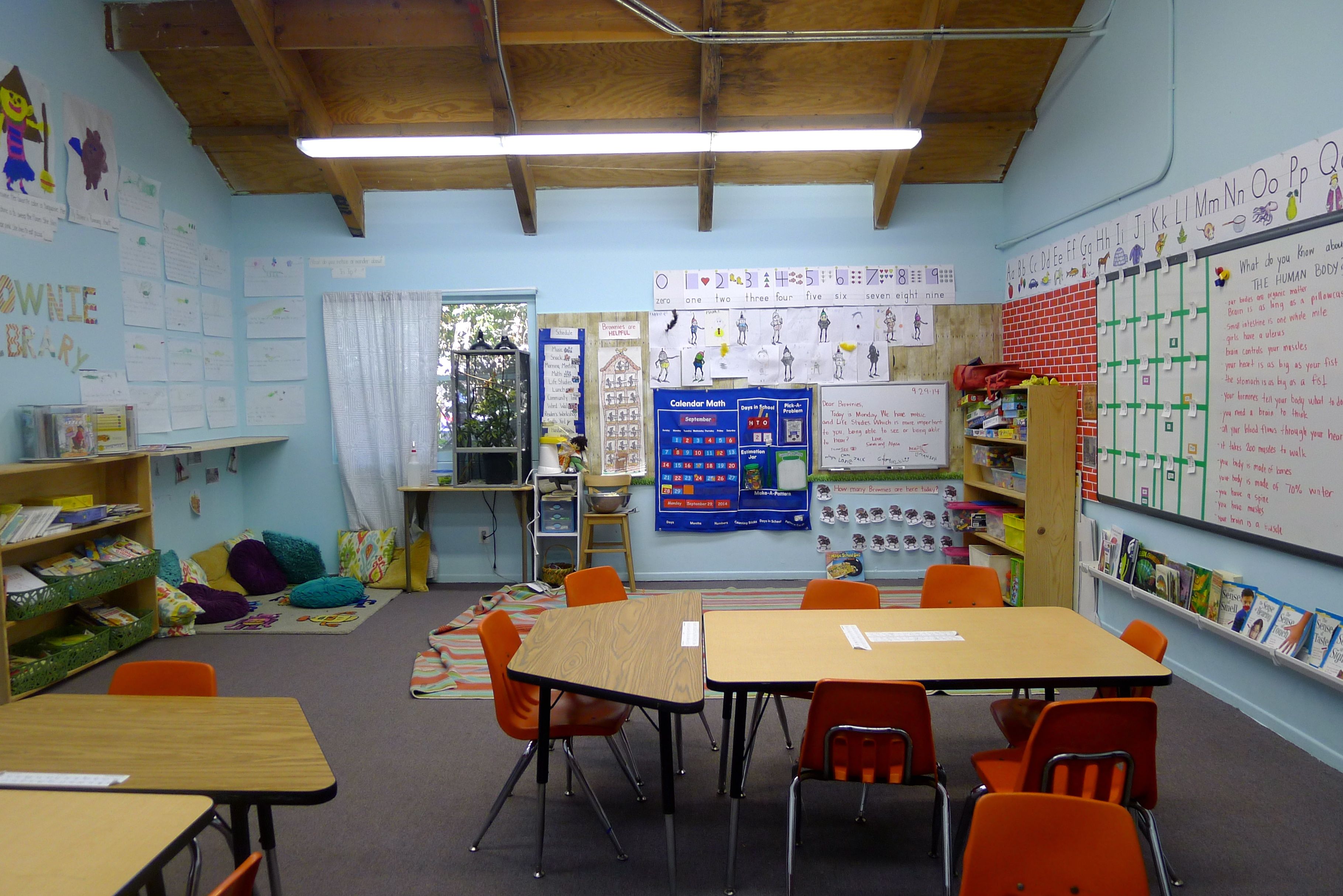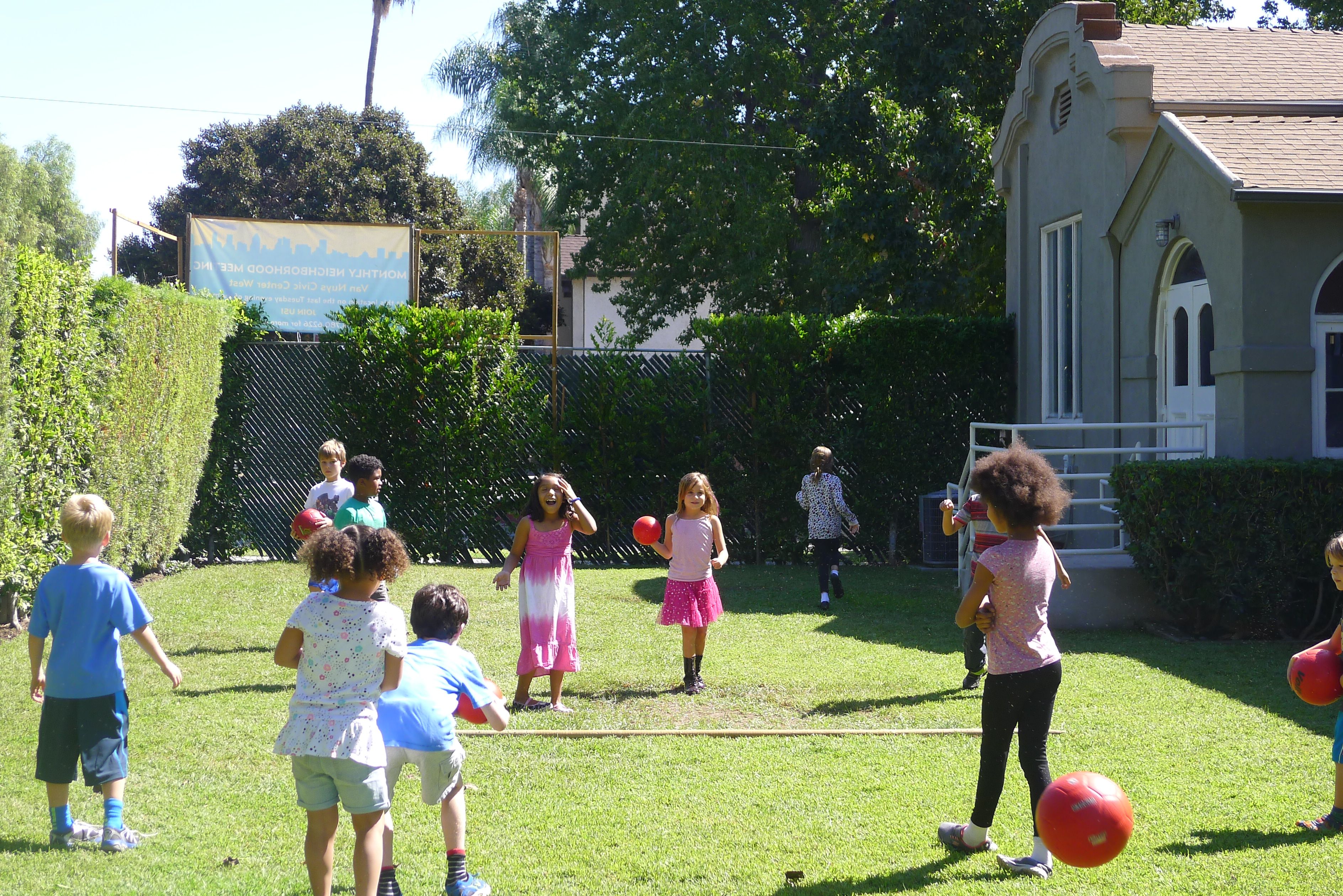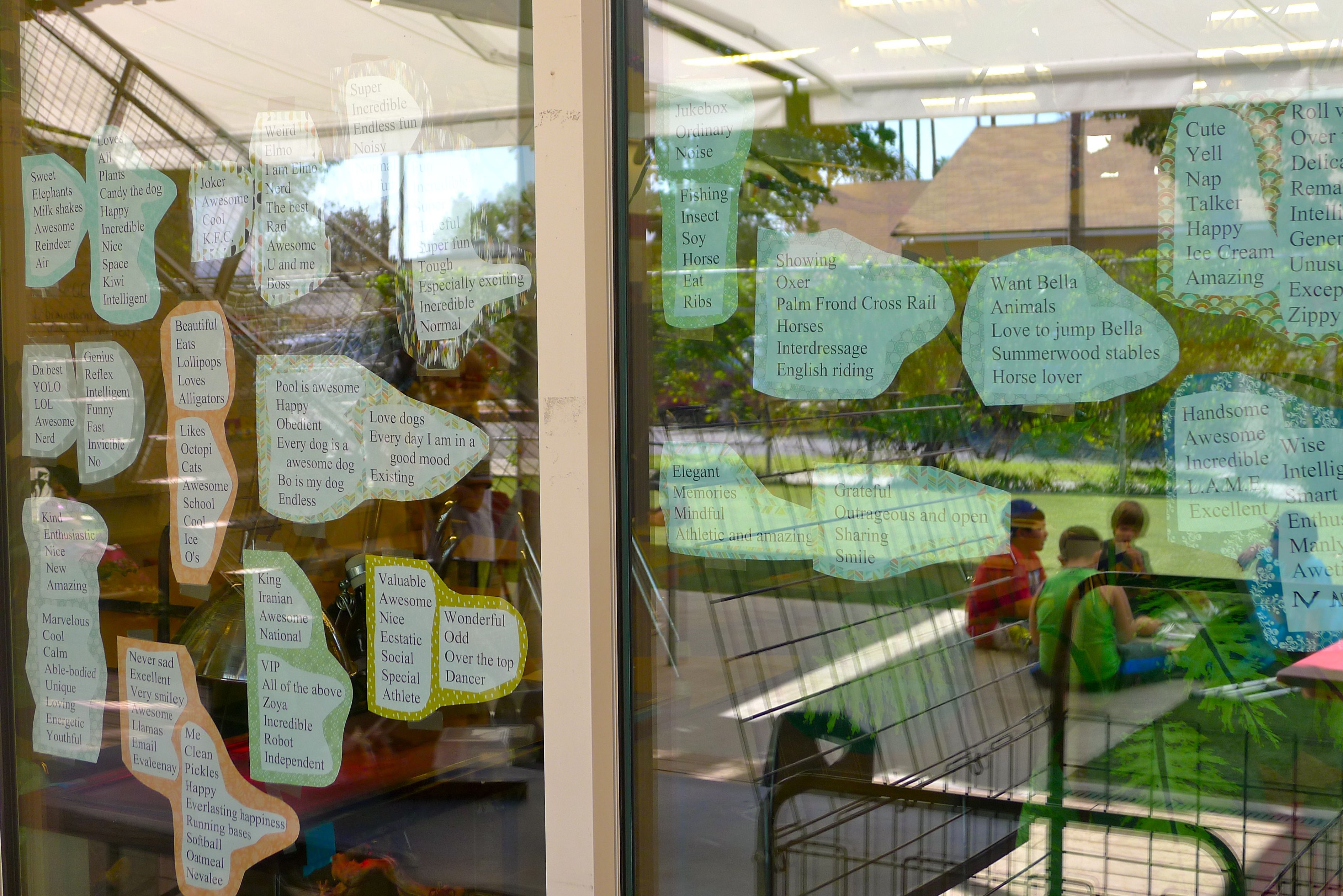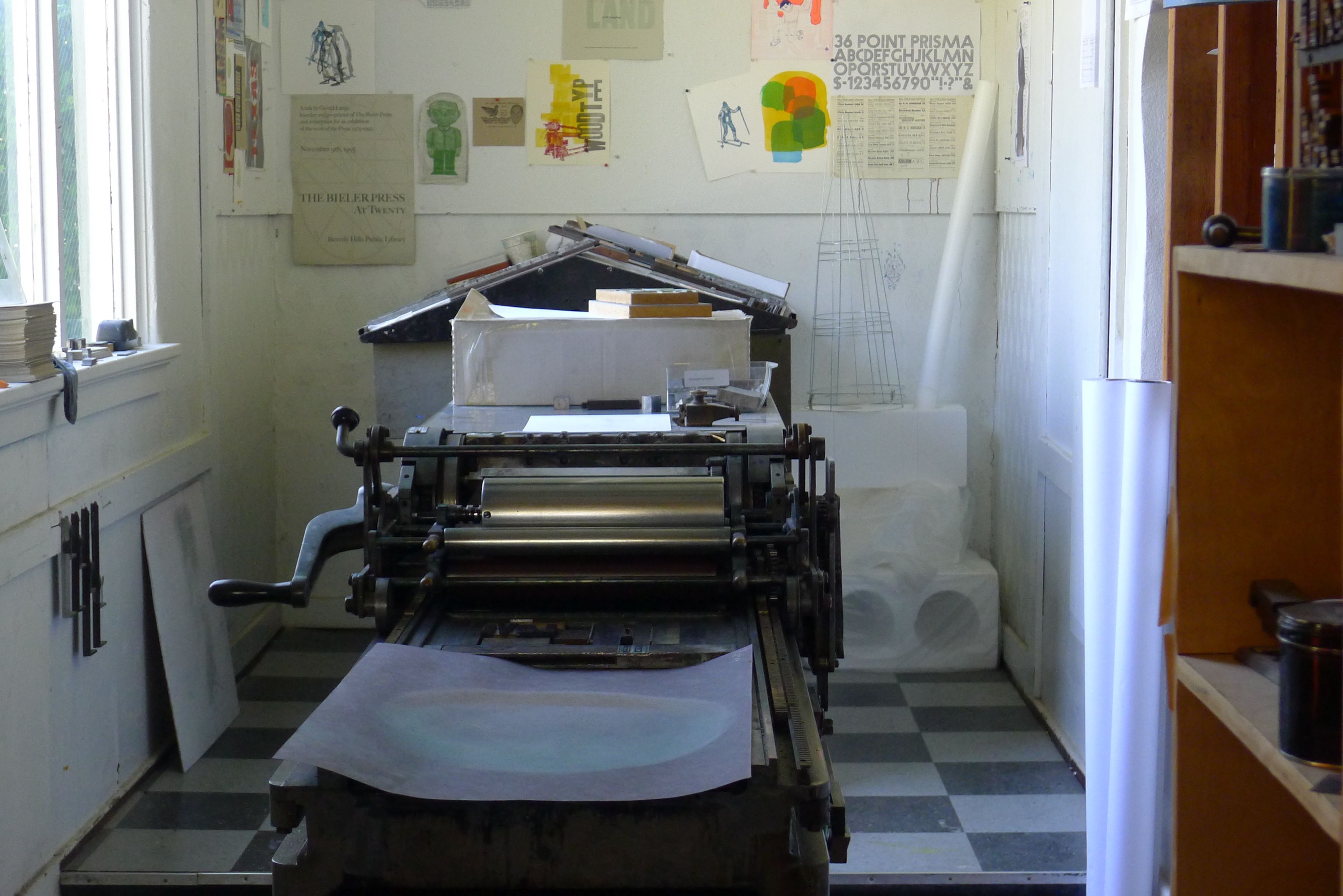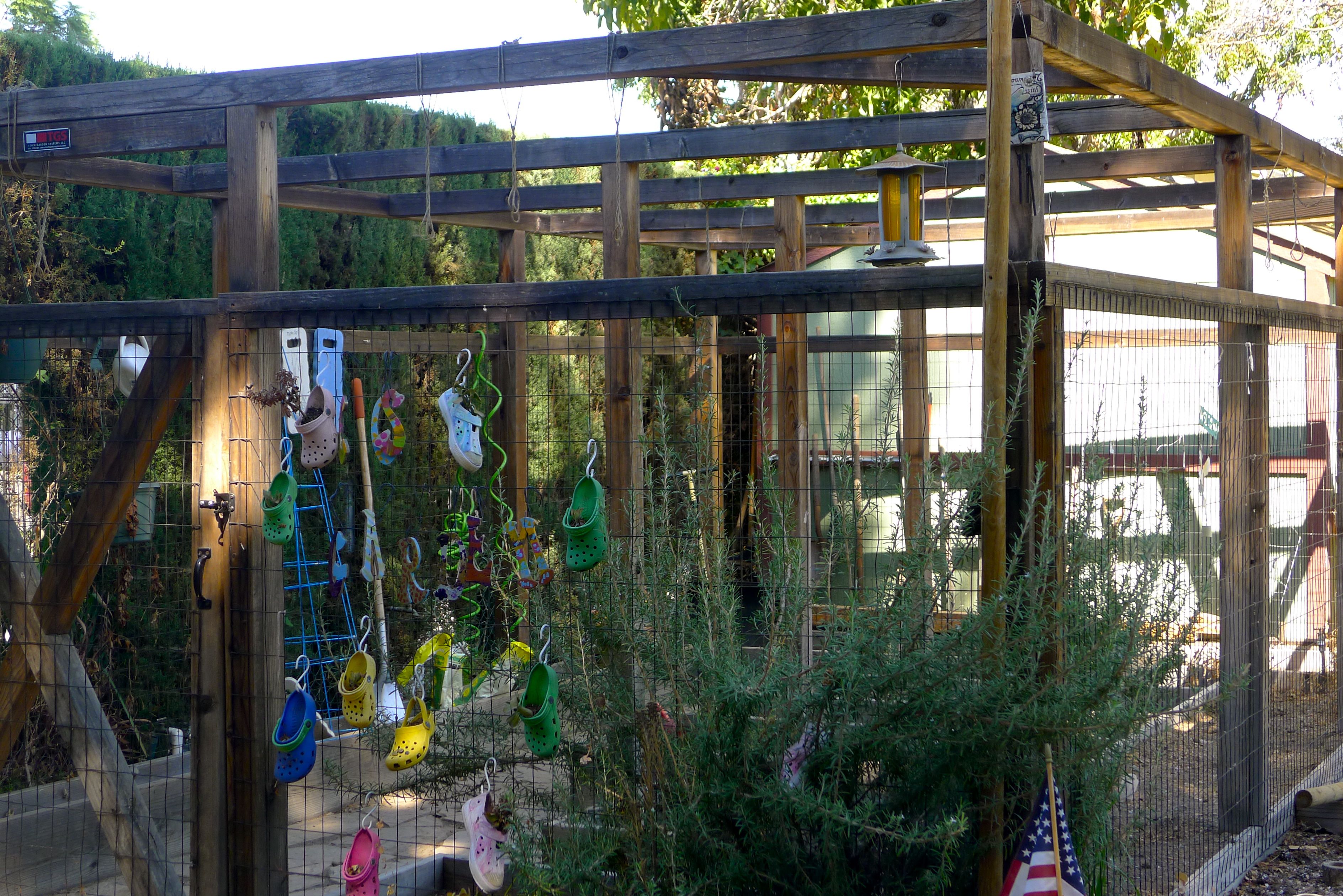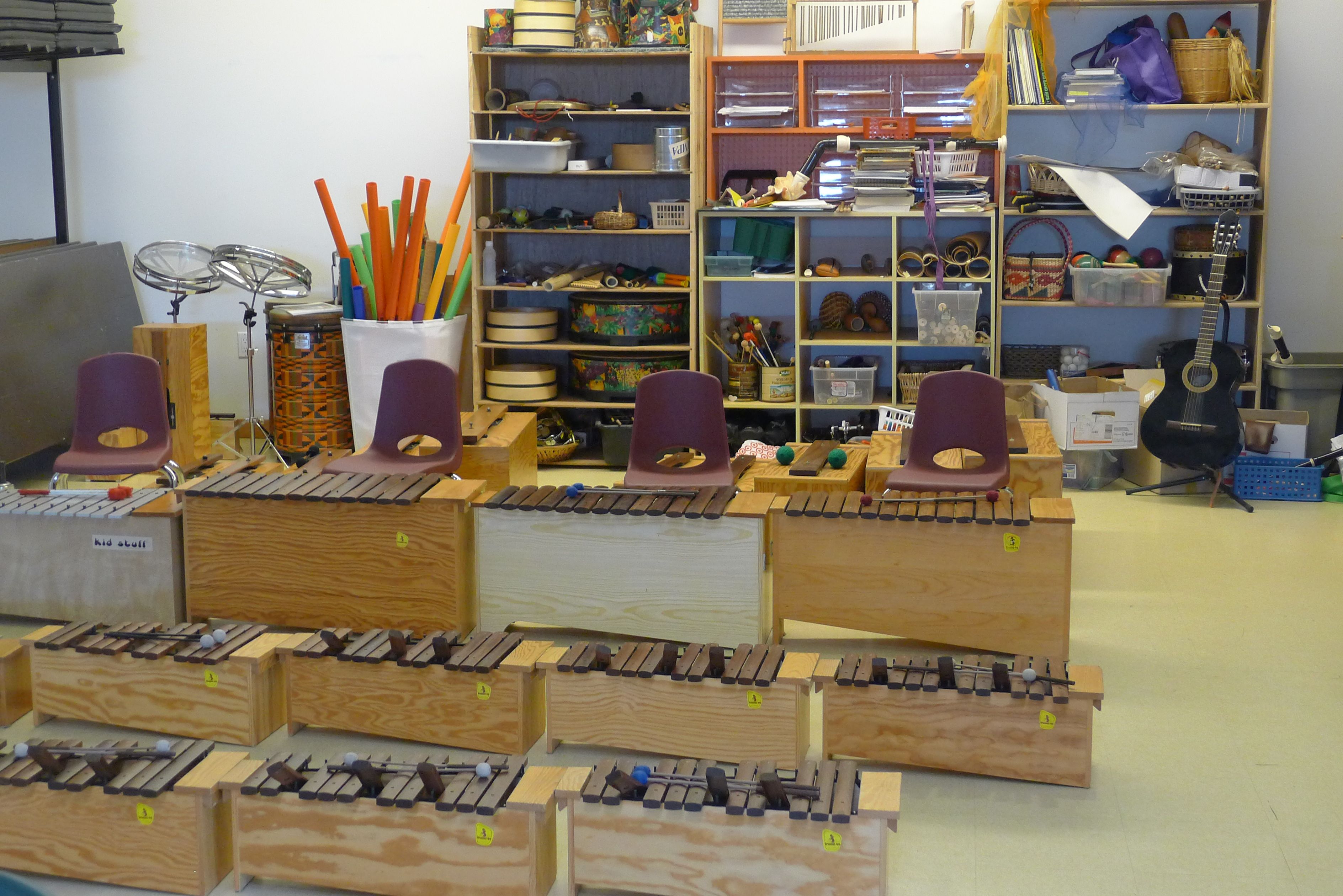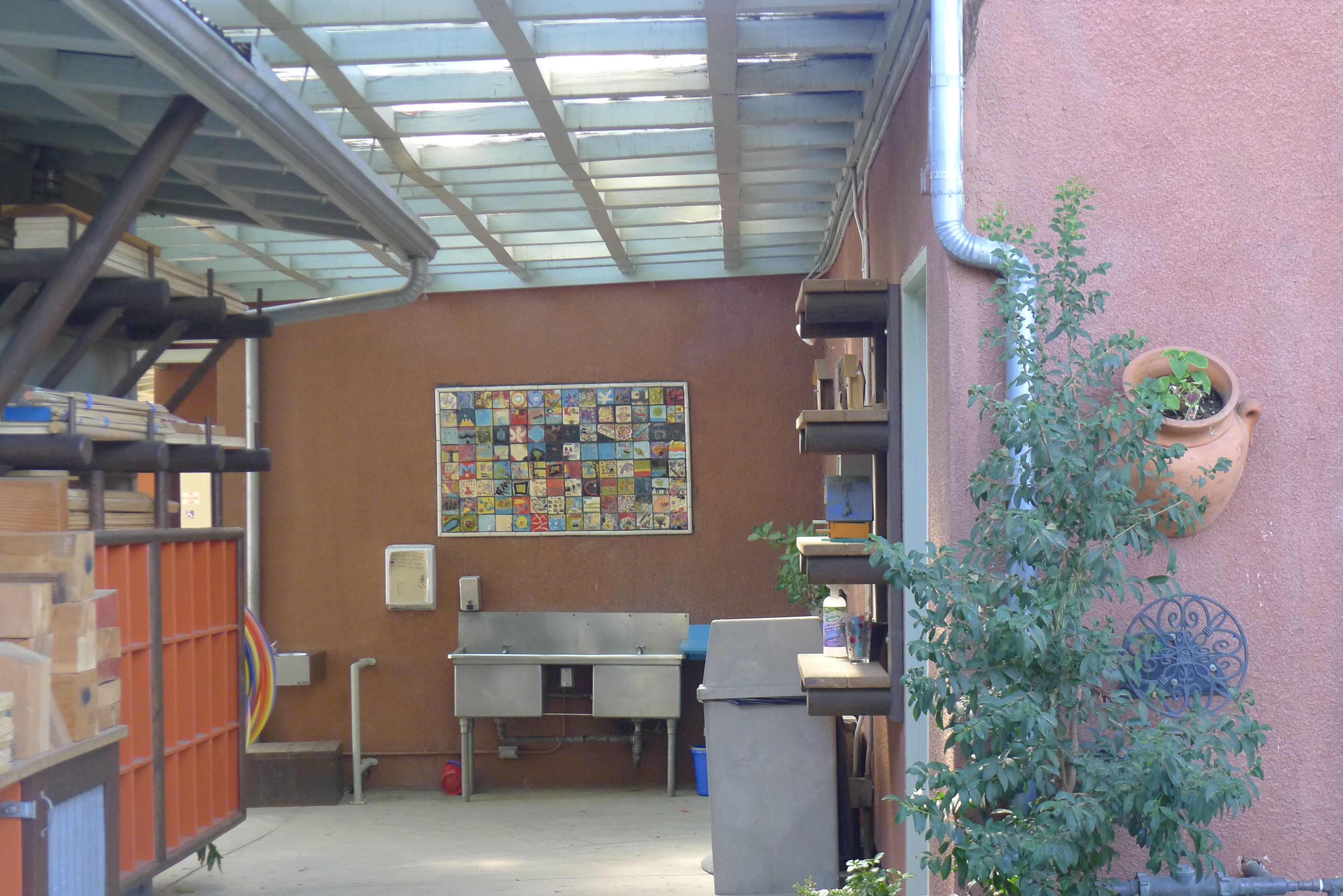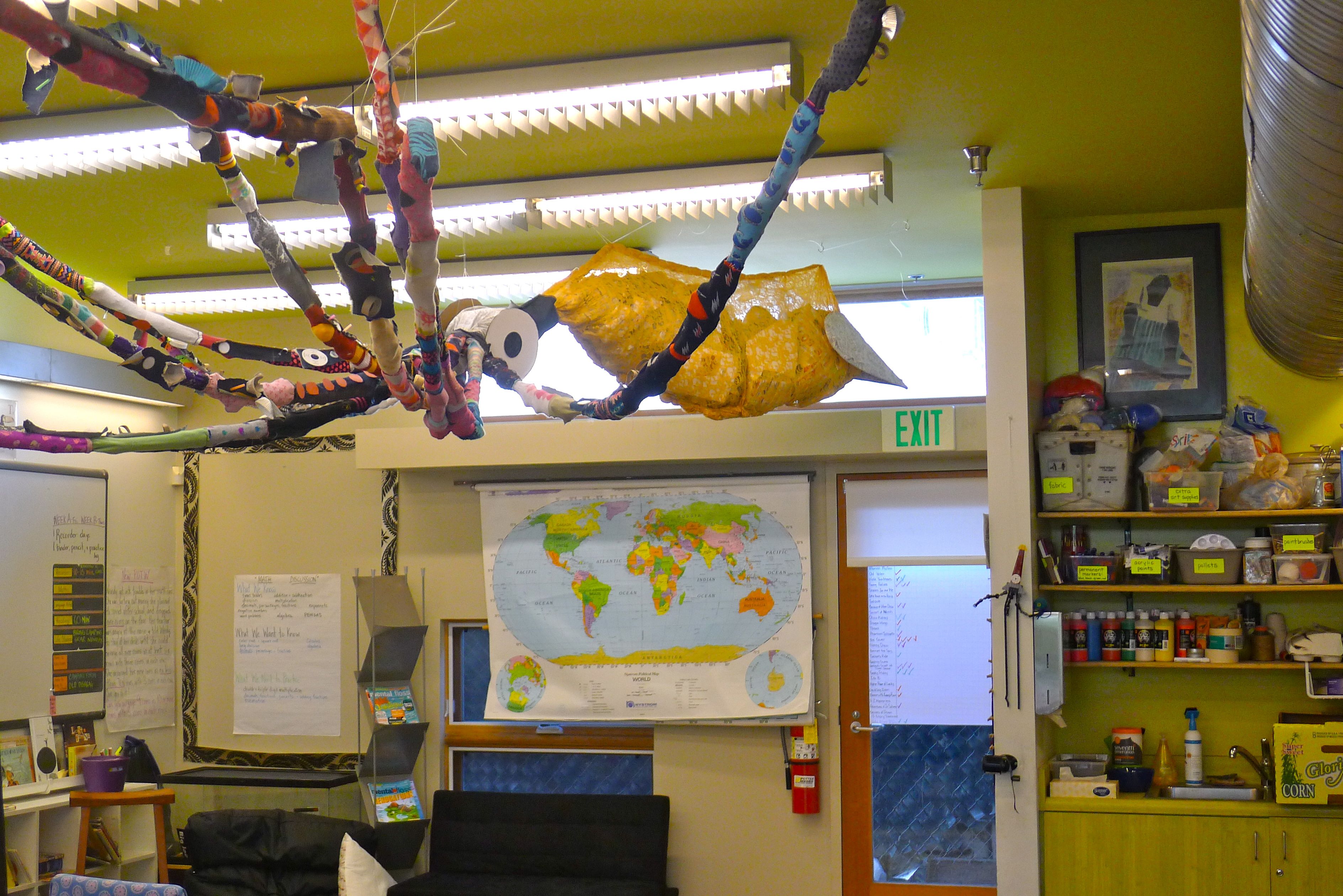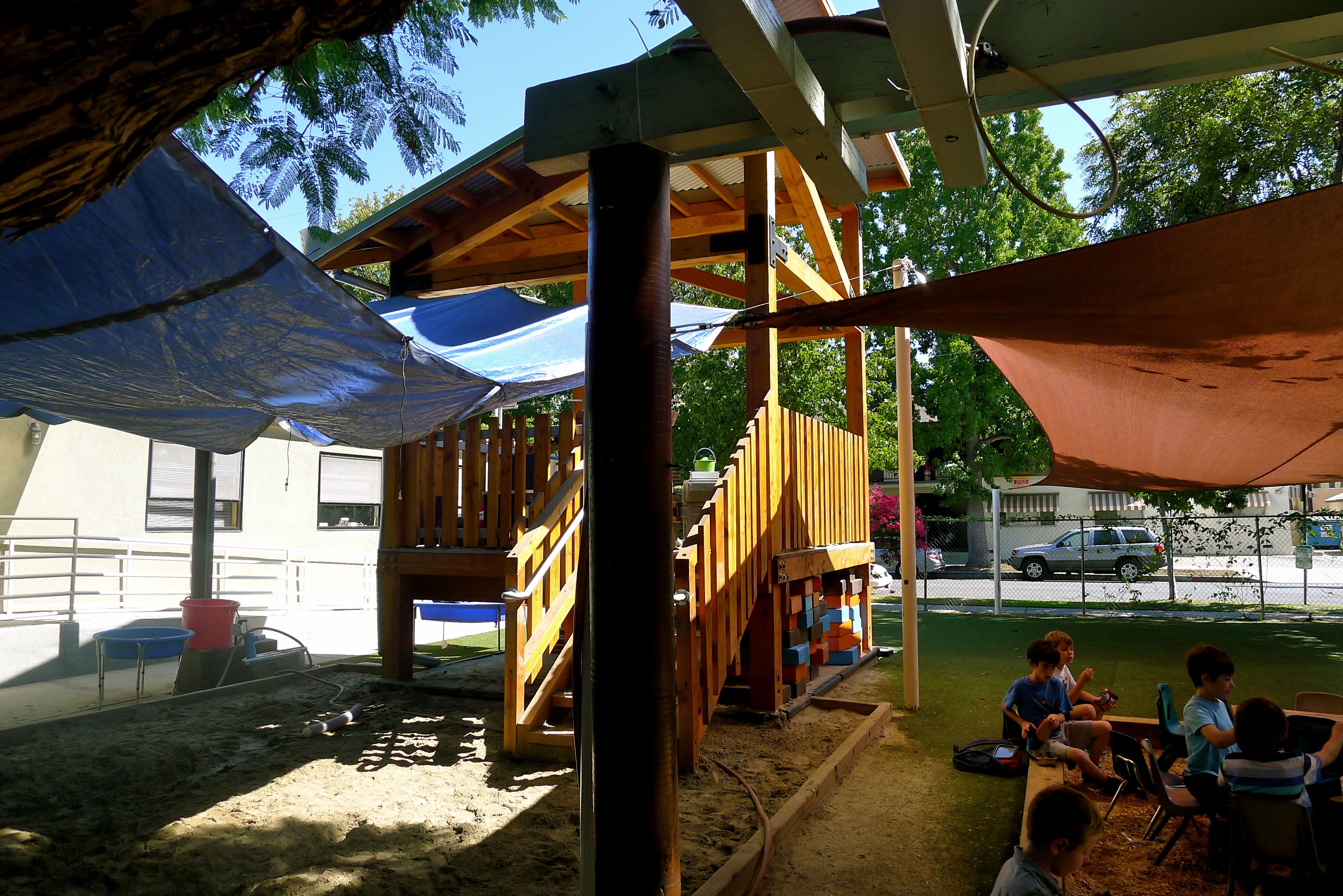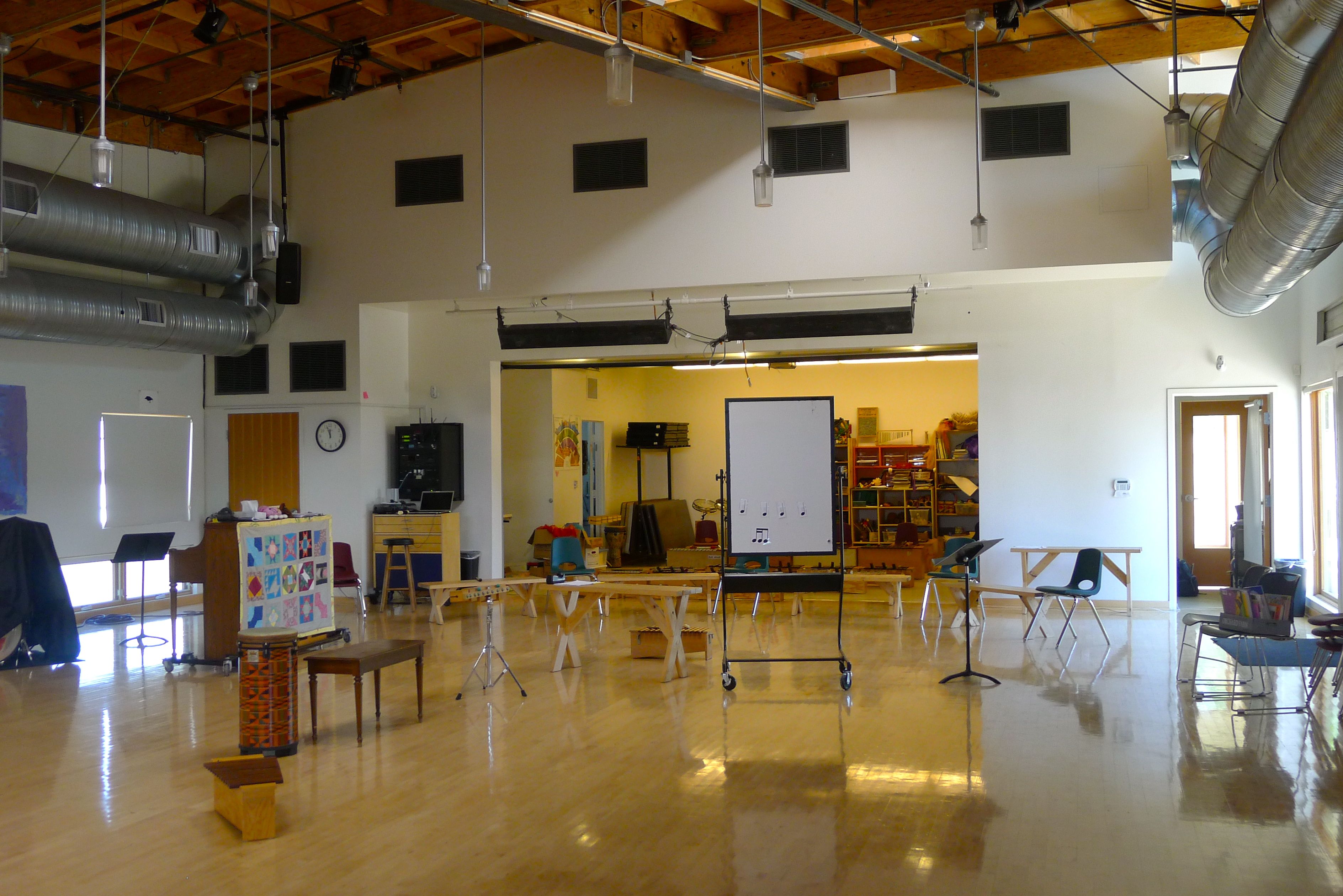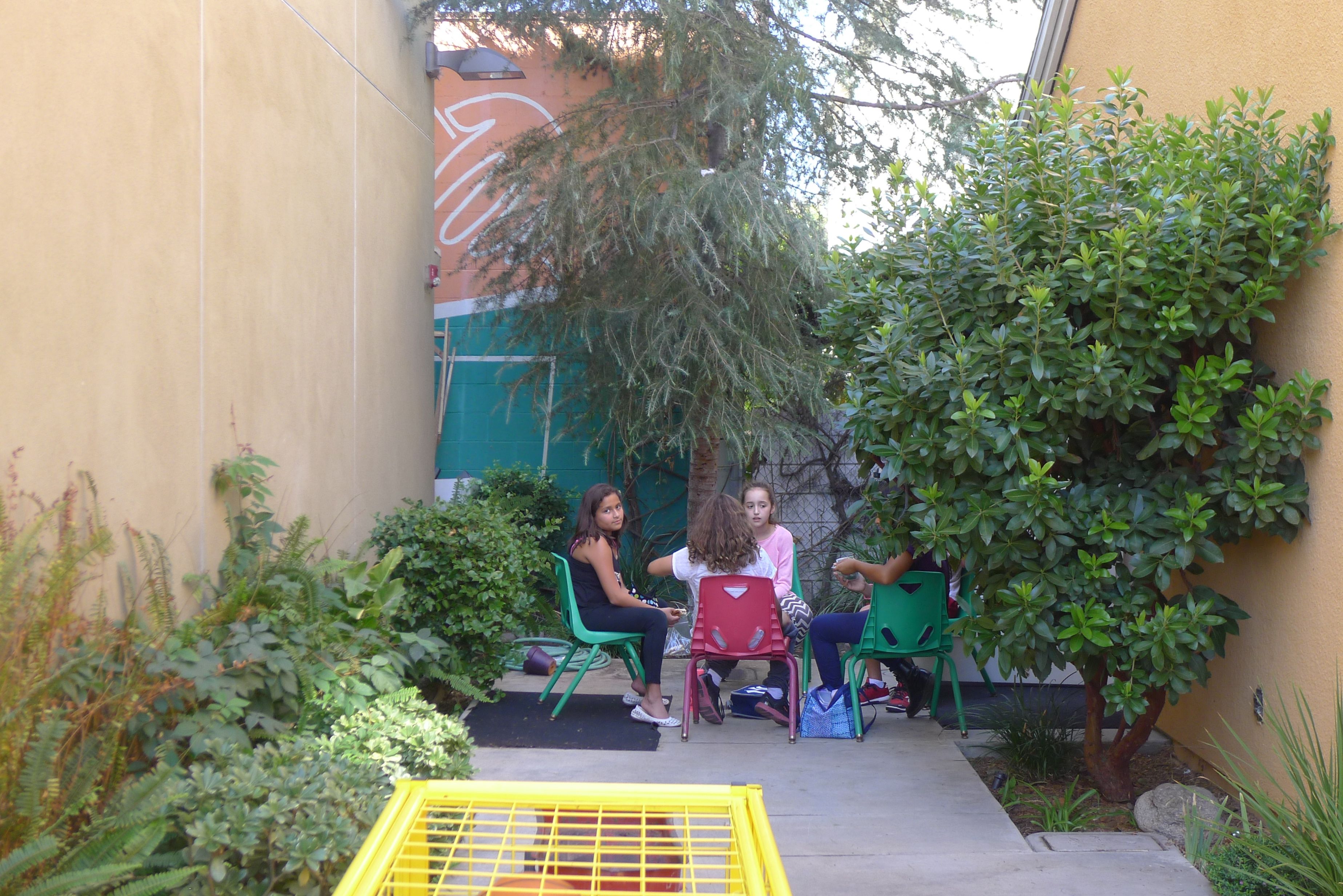Children’s Community School (CCS) is a remarkable progressive school located on a residential street in Van Nuys. It is differentiated from other progressive schools in part by its mission to create a school where neighborhood kids are an integral part of the student body. CCS’s significant outreach program to local residents, many of them immigrant families, offers financial aid for their kids to attend the school. With one-third of its students receiving financial aid and of these families, one-third living below the poverty line, it is truly a community school.
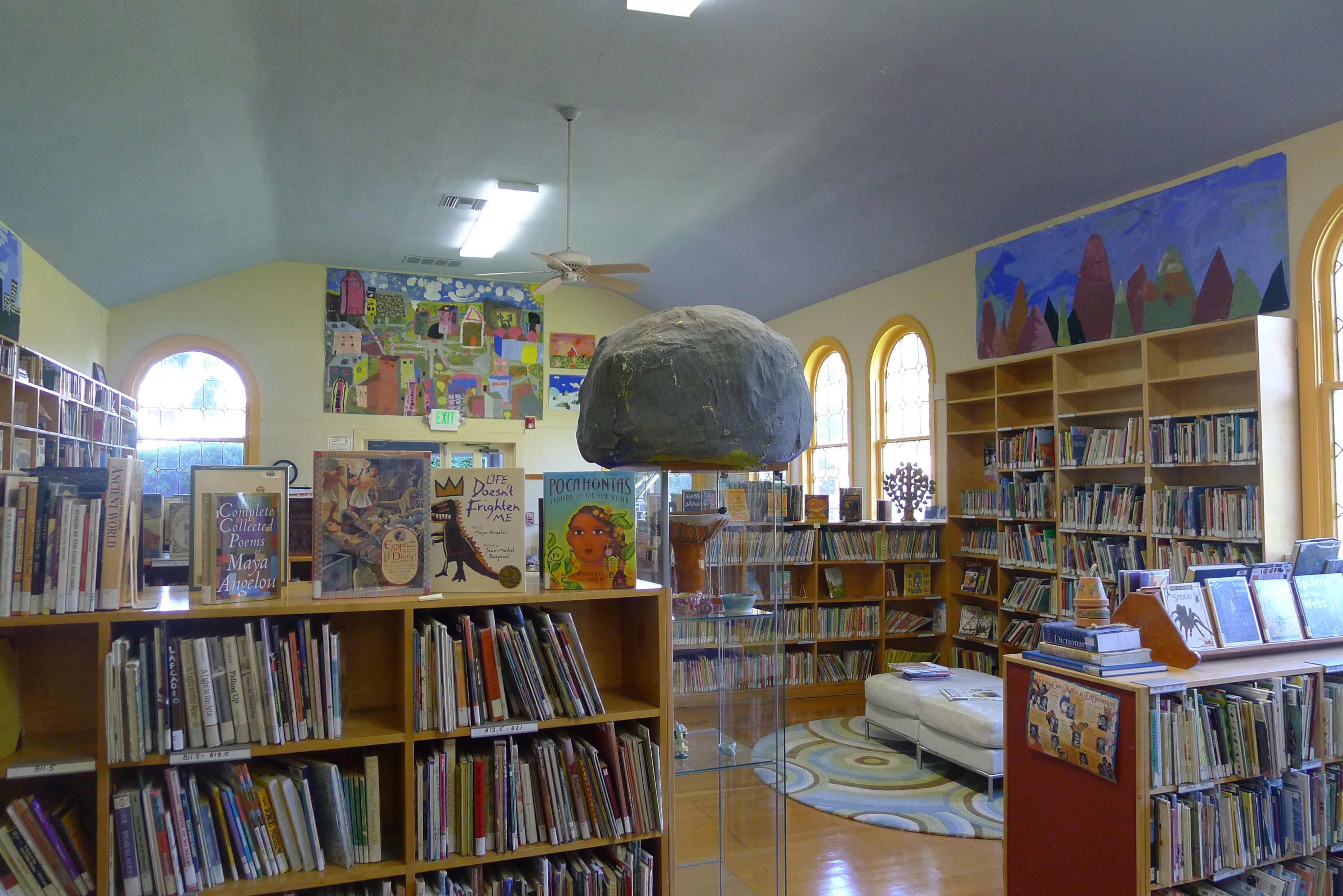 Founded 34 years ago, CCS’s 118 students (K-6) occupy a compact urban campus that blends seamlessly into the predominately working class neighborhood that surrounds it. CCS’s architecture is an important aspect of a serious community-building endeavor. Its buildings are two-story and revolve around a multi-purpose outdoor space. The school’s façade is equal parts secure and welcoming.
Founded 34 years ago, CCS’s 118 students (K-6) occupy a compact urban campus that blends seamlessly into the predominately working class neighborhood that surrounds it. CCS’s architecture is an important aspect of a serious community-building endeavor. Its buildings are two-story and revolve around a multi-purpose outdoor space. The school’s façade is equal parts secure and welcoming.
A focus on the community is exemplified by the school’s annual health fair for the neighborhood, now in its 18th year, offering free heath and dental care in partnership with 30 local non-profits. The fair is attended by thousands of locals.
As I entered the school on a quiet weekday morning, the ethnically diverse teaching staff immediately impressed me. I know firsthand how important it is for families and students of color to see diverse teachers like themselves. Yet, diversity like this doesn’t happen at private schools without a concerted effort to recruit, train and retain staff. This is just one of CCS’s many unique qualities.
CCS hums with a vibrant energy. Some spaces are quiet, while others are bustling with kids running, playing, eating lunch or learning. Heather McPherson, the director of advancement, greeted me at the gate and we began a tour, starting in the library, a well-stocked, expansive open space, with several parent volunteers preparing it for Halloween. We walked through classrooms, into an art room containing a very cool letter press printer (above) and into the outdoor space, filled with kids of various ages all using the space in different ways, but co-existing harmoniously.
An eco-friendly campus has been the domain of the Green, Clean and Healthy Committee working with the Playground Committee. From procuring untreated wood chips for the playground to painting classrooms with non-toxic, zero VOC paint, the list of sustainable improvements is long.
CCS is progressivism personified. Sitting down to chat with Neil Wrightson, the head of school and co-founder, I noted his commitment to diversity and his adherence to progressive education. Neil is experienced and friendly, with an easy demeanor and an obvious affection for his school. He’s cerebral and thoughtful, with an unwavering commitment to ethnic and socio-economic diversity to benefit all students.
Legendary education reformer John Dewey has always been Neil’s inspiration for CCS. “Learning happens all the time, not just at a specific time of day,” Neil told me. “Preparing kids to be powerful and effective learners involves a whole community,” he continued.
Dewey believed that children’s interests should be a driving force in their education, rather than a teacher-centric approach where all ideas flow from the teacher. As we talked, Neil discussed how progressive aspects of the school are apparent both inside the classrooms and in the outdoor spaces. In true progressive fashion, kids are learning by doing. They are creating, building, questioning, analyzing and shaping their own education in partnership with their teachers and peers.
As Heather explained, in math, for example, big ideas and number sense are emphasized over rote memorization. Math is taught using practical applications…using cooking, measuring, woodworking and other hands-on instruction techniques. Frequent fieldtrips—including walk trips to the local fire station for the youngest kids–expand and enhance the learning environment, with students returning to school with knowledge that will be used discuss and work on a variety of writing, math, and art projects related to what they’ve seen. The curriculum is intimate and individualized due to the small size of the school. Kids at CCS are learning by doing, using real-world tools.
CS does not give grades or traditional report cards. Instead, narrative reports are given twice a year and throughout the year, informal teacher assessments are provided by teachers. There are no tests and textbooks are not used. The school does give standardized tests for students to practice in the grades 5 and 6. Homework is non-traditional and age-appropriate. For example, for upper grades, 60 minutes of reading focused on deepening a student’s understanding of their current arer of study. Or, for younger kids, real-world, hands on learning at home that might involve observing their family structure and home life. Worksheets and workbooks are not used.
In the CCS brochure, the curriculum is explained as follows: “Reading, writing, math, science, as well as geography, grammar, creative and extemporaneous writing, interpreting literature, poetry, storytelling and measurement are all taught independently, but with their relationship to each other and to the core unit of study always on the surface.”
The school is non-traditional in the way it groups kids by age. Kindergarten is not a mixed age grade. Grades 1-6 are mixed age. Every year, the class formations will change depending on the mix of students in the grade. Class formations typically consist of two 1st/2nd grade classes, one 3rd/4th grade and two 5th/6th grade classes. Each class has two teachers.
CCS is encouraging the student’s inherent sense of wonderment and awe. It strives to create fiercely independent thinkers who have an exuberant love of learning that will last throughout their lives.
Students from CCS go to both private and public schools upon graduation. About 50 percent of students attend public school for 7th grade by choice. The other half attend Oakwood, Campbell Hall, New Roads, Harvard-Westlake, Crossroads, Wildwood, Archer and Buckley, among others. Neil helps families extensively with the admissions process for secondary school.
I left this wonderful school with the impression that CCS will be educating the next generation of writers, teachers, world leaders, mathematicians, artists, scientists, architects and Nobel Peace Prize recipients. Aspiring Wall Street tycoons may need to look elsewhere.
The application deadline is January 23, 2015. For more information go to: www.ccsteaches.org
Let’s be social! Like Beyond The Brochure on Facebook. We post a lot of stuff on Facebook that’s not on the blog! Are you more the email type? Get our posts in your in box by subscribing (enter your email in the “subscribe” box on the right sidebar of the blog. Or, buy the Second Edition of our book at Amazon.com or your local bookstores!
